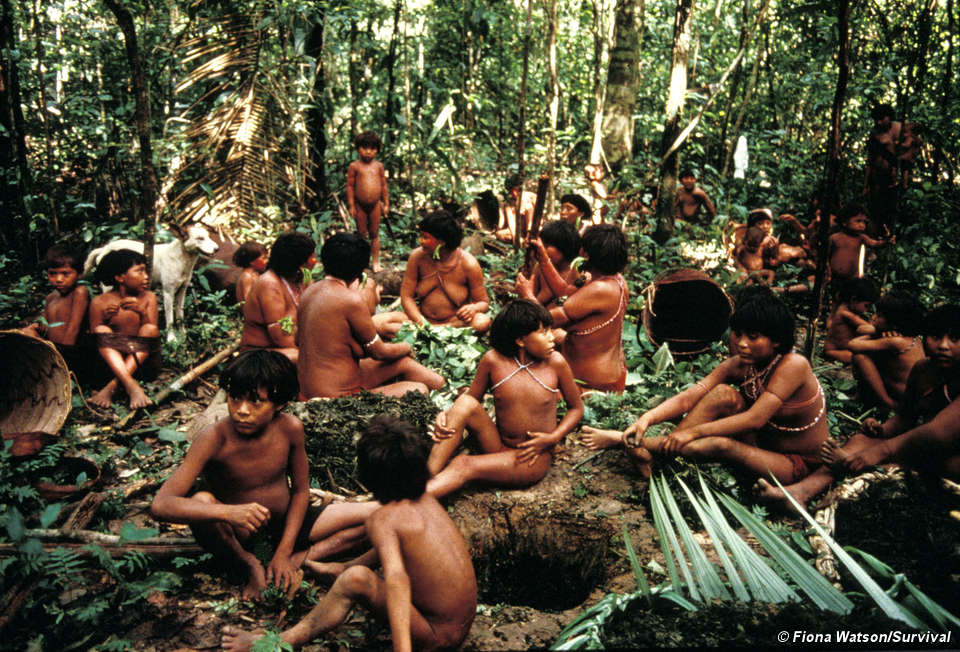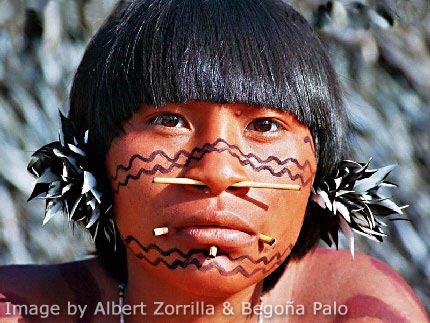Classical archaeology is a deeply interesting subject that has enchanted researchers and students for ages. Quite simply, it is the study of archaeological excavations from Ancient Greece and Rome. However, some only consider it to be the study of the
Roman and Athenian civilizations, but it can include other subjects such as
Minoan and Crete civilizations. This field involves not only excavations in the Mediterranean, but the analysis and research into the artifacts, deciphering the ancient texts, and learning about the history of the region. Completion of graduate programs for classical archaeology can mean careers in teaching and writing at major research universities, working at a museum as a curator, or even doing research and excavations.
Special Skills
Applying to graduate programs in classical archaeology can be the beginning of a very rewarding career, but it is important to have the required skills in order to be accepted to graduate programs in the classics. A strong background in Greek and Latin language, culture, and history are required for all classics programs. It is necessary to understand how to read Greek and Latin to decipher the ancient texts. Applicants must have taken previous course work in the field as undergraduates. Many people that apply to classical archaeology programs usually have undergraduate degrees in Latin, philosophy,
anthropology, theology or religious studies, or art history. Even if someone has an undergraduate degree in an unrelated field, they still have an opportunity to apply to a program if they are willing to go back and take some undergraduate courses.
In order to be taken seriously by any of the programs, it is strongly recommended that an applicant have at least some experience working in the field or participating in research and study at
excavation sites. Due to the fact that the excavations themselves will take place in Europe near the Mediterranean, it is very helpful to have a some language ability in Italian, German, and French. Fluency in those languages are not required, but it is recommended that applicants have a background in the languages to be prepared for professional work in the field.
Best Graduate Schools for Classical Archaeology in the United States
University of Chicago

The University of Chicago is one of America's most selective institutions and it happens to have one of the best graduate programs for classical archaeology in America. They have both PhD and masters programs available ranging from classical languages, ancient Greek or roman philosophy, or the study of the ancient Mediterranean world. There is also a joint PhD program that teaches social thought and classics. Students work closely in conjunction with faculty from the anthropology and art history departments. Current faculty research interests include the ancient Greek economy, political monuments, Roman art and architecture, and the social history of ancient cities. Recently, a faculty member received the National Endowment for the Humanities Fellowship and another teacher was awarded the Umhoefer Prize for Achievement in Humanities.
Website
University of Michigan

University of Michigan is "internationally renowned for its scholarly excellence and its graduate programs". The
Kelsey Museum at University of Michigan is a world leader in anthropological archeology research, with particular emphasis on material collections from eastern North America and Asia. The Kelsey Museum also contains antiquities and the
Papyrus Collection in the Harlan Hatcher Graduate Library. The department offers a program in Museum Studies, a joint program in Anthropology and Social Work, and a Doctoral Program in Anthropology and History. The University also offers an Interdepartmental Program in Classical Art and Archeology, a doctoral-track course of study.
Website
University of North Carolina at Chapel Hill

The University of North Carolina at Chapel Hill is one of America's oldest public universities with one of the most prestigious programs in classics. Their internationally known program offers both PhDs and masters for the study of the classics (with or without a historical emphasis), archaeology, and classical and medieval Latin. The program works very closely with Duke University, so there are cross registration opportunities available. Current faculty research interests include the Iron Age, Greek
archaeology, Roman and
Greek architecture and art.
Website
Harvard University

Harvard University is the oldest university in the country and it is one of the world's most prominent institutions, especially for graduate programs for classical archaeology. Harvard offers PhD programs in classical philology, ancient history,
archaeology, Byzantine Greek, and Medieval Latin. The program works alongside the other departments like European art and architecture, history, and literature to provide multidisciplinary experience. Current faculty research interests include Greek numismatics, Homeric poetry, Greek and Latin l
inguistics, and science in
ancient Rome and Greece. A faculty member has received a Paideia Award from the Greek Arch Diocese of America.
Website
University of California at Berkeley

The University of California at Berkeley is a
major public research institution with a strong classics program. They offer both masters and PhD programs in the field with concentrations in philosophy and archaeology. Current faculty research interests include ancient metrics, Greek and Roman legal and political theory, as well as Greek mythology and religion. Faculty members have received the Charles J. Goodwin Award of Merit of the American Philological Association, the MacArthur Award, and Guggenheim Fellowships.
Website
Bryn Mawr College

Bryn Mawr College is a small women's college in the suburbs of Philadelphia that happens to have graduate programs for
classical archaeology. It has a classical studies program with a focus in archaeology and art history for both masters and PhD levels. Students are able to cross register and study alongside faculty members at surrounding institutions such as the
University of Pennsylvania and
Temple University. Faculty interests include Greek art, imperialism, and Aegean prehistory.
Website
Cornell University

Cornell University is a large
ivy league college in upstate New York with an excellent classical studies program offering a PhD program in areas such as Greek and Latin languages and linguistics, classical literature and philology, ancient history, and ancient philosophy. Faculty members are currently researching ancient philosophy, classical art, Greek historiography and epigraphy.
Website
University of Texas at Austin

The University of Texas at Austin is a major public research institution and the largest university in Texas. Their classics department offers both masters and PhD programs in the classics, archeology, philosophy, and language. Students have access to the other campuses of the University of Texas and work closely with faculty from other departments such Literature, Geography, Art, and
Anthropology. Faculty research interests include Greek and Roman literature, Greek lyric poetry, and Aegean scripts and prehistory.
Website
Stanford University

Stanford University is an ivy league college in Palo Alto, California. It is home to a large classical studies program which offers PhD and masters programs in philosophy, ancient science, archaeology, Greek and Latin language, and ancient history. Faculty members are currently researching ancient Greece, Magna Graecia, and the visual and material culture of the Roman Empire. Faculty members have received the Neumann Prize and National Book Awards.
Website
Best Graduate Schools for Classical Archaeology in the United Kingdom
University of Kent

The University of Kent is known as the UK's European university in Kent, England. The classical studies program takes place at the Canterbury campus, which has a substantial offering of museums, libraries, and resources related to classical art, literature, and culture. They offer a masters and PhD program in the concentrations of classical literature, archaeology, and ancient history. Currently, faculty members are researching Minoan constellations and
transmanche archaeology. A faculty member recently became a Fellow of The Society of Antiquaries.
Website
University of Cambridge

The University of Cambridge is one of the best universities in the world located in Cambridge, England. Their masters and PhD programs specialize in archaeological theory and science. The faculty is currently researching Roman architecture, food globalization in prehistory, and Medieval origins of commercial sea fishing.
Website
University of Oxford

The University of Oxford is known as the best university in UK as it is home to the
Rhodes Scholars program. Their classical studies program is world renowned and they also have tremendous resources and materials for students at the
Sackler Library, which contains one of the largest collections of classics literature in the world. The program offers both masters and PhDs in the areas of ancient history, archaeology, languages, and Literature. Faculty members are currently researching funerary archaeology, historical linguistics, and Greek literature. A faculty member recently received the Wiseman Book Award.
Website
University of London

The University of London is a federal university and actually the largest university in the UK. It has a large department of classics, history, and archaeology that offers masters and PhD programs concentrating in ancient languages, history, and archaeology. The faculty is researching Roman law and political thought, classical Athens, and Roman Provincial Archaeology.
Website
References
- http://www.fas.harvard.edu/~classics/programs/graduate.html
- http://www.brynmawr.edu/gradgroup/archaeology/
- http://www.kent.ac.uk/secl/classics/about.html
- http://www.gradschools.com/search-programs/archaeology
- http://classics.cornell.edu/graduate/concentrations/archaeology.cfm
- http://www.stanford.edu/dept/classics/cgi-bin/web/programs/classical-archaeology
- http://classics.uchicago.edu/prospective/classical-archaeology
- http://classics.berkeley.edu/programs/graduate/archPhD.php
- http://www.utexas.edu/cola/depts/classics/Graduate/Archaeology-Program.php
- http://www.ox.ac.uk/admissions/undergraduate_courses/courses/classical_archaeology_and_ancient_history/classical_3.html
- http://www.greatarchaeology.com/classical_archaeology.htm
- http://en.wikipedia.org/wiki/Classical_archaeology
- http://icls.sas.ac.uk/
- http://www.classics.ox.ac.uk/
- http://www.utexas.edu/cola/depts/classics/
Author Bio
Harold Smith is a professional writer and blogger.

 It’s your first year of anthropology classes and you’re nervous. You have no idea who to take for classes and the
It’s your first year of anthropology classes and you’re nervous. You have no idea who to take for classes and the 

































